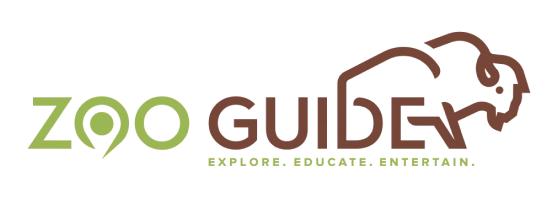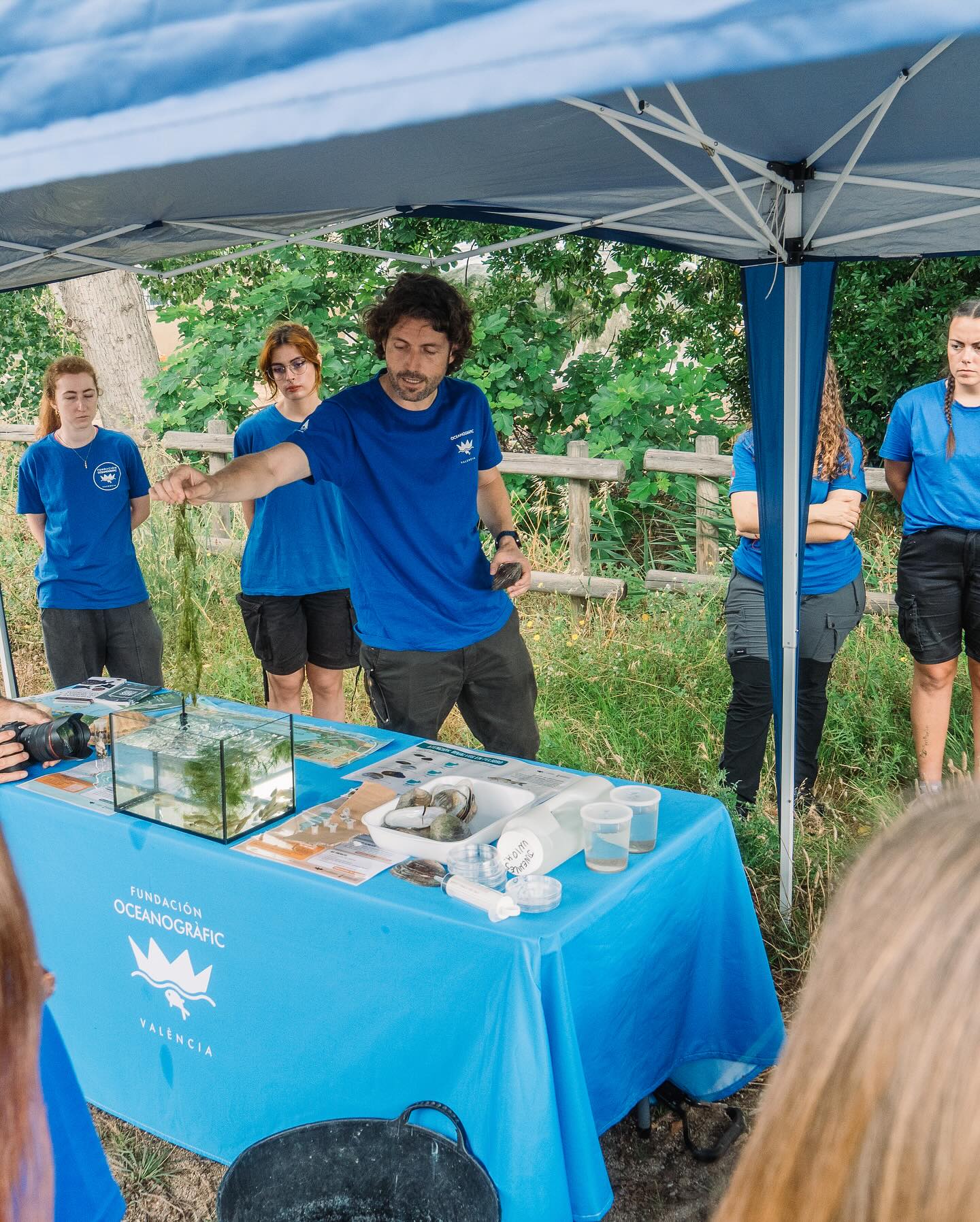- Introduction to the conservation initiative and its significance
- Overview of the species reintroduced: Samarucs, European Galápagos, and Petxinots
- The role of collaboration in wildlife conservation projects
- Educational activities for students and community engagement
- The broader implications for conservation in the Comunidad Valenciana
The recent introduction of 200 Samarucs, 8 European Galápagos, and juvenile Petxinots into Albalat de la Ribera highlights a crucial conservation initiative. Spearheaded by the technical team from the Piscifactoría del Palmar, this effort is part of a broader strategy focused on repopulating native species in the Comunidad Valenciana. The release occurred at the Ullal de la Senillera, a wetland area vital for biodiversity.
Understanding the importance of such initiatives requires delving into the specifics of these species. The Samaruc, or Valencia toothcarp (Anaecypris hispanica), is a small freshwater fish endemic to the rivers and lakes of eastern Spain. Once abundant in the region, it has faced significant threats from habitat loss, pollution, and the introduction of non-native species. Reintroducing Samarucs is vital for restoring ecological balance and supporting local biodiversity.
The European Galápagos, or European pond turtle (Emys orbicularis), also plays a significant role in the ecosystem. This species is critical for maintaining healthy aquatic environments, as it helps control algae and contributes to the overall food web. The populations of European Galápagos have declined due to habitat destruction and environmental changes. Their reintroduction into areas like Ullal de la Senillera offers a chance to restore natural populations and protect the ecosystem.
The Petxinot, a lesser-known species endemic to the region, is often overshadowed by the more prominent species but is equally vital to the ecological framework. These juvenile animals serve as important indicators of environmental health. Their successful introduction can help scientists track ecosystem changes over time.
Collaboration has been a cornerstone of this conservation effort. The partnership between the Piscifactoría del Palmar and Acció Ecologista Agro demonstrates how community engagement can enhance wildlife preservation. Local stakeholders including the municipality of Albalat de la Ribera, represented by Mayor José Roig, and environmentalists like Raúl Merida Naturalista, responded to the pressing need for collaborative action in wildlife conservation. Their involvement underscores a unified approach, merging scientific expertise and local knowledge to drive positive outcomes.
An essential aspect of the initiative was the incorporation of educational activities for students from the IES Sucro in Albalat de la Ribera. These activities allowed students to participate in measuring the animals before their release into the natural habitat. Such hands-on experiences are invaluable for fostering a sense of responsibility and awareness regarding local ecosystems. Engaging students in conservation efforts promotes a connection with nature, emphasizing the importance of preserving biodiversity for future generations.
Beyond immediate conservation benefits, this reintroduction project has broader implications for the Comunidad Valenciana. Restoring native species like the Samaruc, European Galápagos, and Petxinots not only enhances local biodiversity but also contributes to healthier ecosystems. Evolving ecosystems support various life forms, from plants to various animal species, creating a balance necessary for enduring environmental health.
The project also serves as a model for other regions facing similar ecological challenges. By showcasing successful strategies in habitat restoration and species reintroduction, it can inspire different localities to adopt similar practices. Heightened awareness of environmental issues encourages communities to take part in conservation and become advocates for their local environments.
In addition to habitat restoration, this initiative addresses the critical need for sustainable practices within local communities. Encouraging the public to engage in environmental stewardship helps combat the various threats posed by pollution and urban development, two of the primary factors contributing to the decline of native species. The collaboration with Acció Ecologista Agro exemplifies how education and community involvement can spearhead change.
Moreover, the implications of this project extend to governmental policies surrounding wildlife and habitat conservation. By demonstrating the success of targeted conservation efforts, it can lead to increased funding and support for similar initiatives throughout the region. Policy shifts that prioritize preserving native species will be instrumental in combating biodiversity loss across Spain.
The release of Samarucs, European Galápagos, and Petxinots in Albalat de la Ribera symbolizes hope for both specific species and broader conservation efforts. This initiative encapsulates the essence of how collaboration, education, and dedicated action can influence environmental outcomes positively. With ongoing support and involvement from the community, conservation efforts can take root, allowing native species to thrive once more.
As we look toward the future, it’s imperative to recognize that conservation is not a one-time endeavor. Ongoing monitoring, further research, and sustained community involvement will be critical to ensuring that these species flourish. Culinary practices that protect water quality and reduce pollution are necessary to combat the challenges facing these species.
In addition to direct efforts in conservation, there is a significant need for public outreach programs that educate about the intricacies of local wildlife. Initiatives like this one can help foster a culture of environmental awareness and activism, leading to a broader shift in societal values. The ultimate goal is nurturing a reciprocal relationship between humans and nature.
One of the most captivating aspects of wildlife conservation is its dynamic nature. As more species are studied and understood, new strategies and technologies emerge to enhance preservation efforts. The reintroduction of Samarucs, European Galápagos, and Petxinots serves as a stepping stone in the larger narrative of biodiversity preservation in the Comunidad Valenciana.
Emphasizing the importance of native species and their roles in local ecosystems serves to inspire deeper engagement from residents. As communities become more involved in wildlife conservation efforts, they also become advocates for sustainable development practices. This outcome can create healthier environments and richer biodiversity, ultimately benefiting not just specific species but entire ecosystems.
The future of conservation in Albalat de la Ribera is bright with the active participation of the local community and educational institutions. By investing in these initiatives, communities can contribute significantly to preserving their local natural heritage. As initiatives continue to unfold, the potential exists for these collaborative efforts to mitigate the decline of native species and restore ecological integrity throughout the region.
Ultimately, reflecting on the release of Samarucs, European Galápagos, and Petxinots reminds us of the importance of standing united in conservation efforts. Each successful reintroduction represents not only a step toward restoring biodiversity but also a testament to what can be achieved through collective commitment and active participation. The ongoing journey of conservation is one that requires persistence and dedication, but the rewards are well worth the effort.
*****
Source Description
🌊🐟 200 samarucs, 8 galápagos europeos y crías de petxinots se han introducido en Albalat de la Ribera.
🐢 La y técnicos de la Piscifactoría del Palmar (@gvamediambient)., en el marco de sus proyectos de repoblación de especies autóctonas, ha liberado ejemplares de animales amenazados endémicos de la Comunidad Valenciana en el Ullal de la Senillera.
🤝 Esta suelta ha sido posible gracias a la colaboración de @accioecologistaagro.
🔹 @raulmeridanaturalista, junto a Dionisio García, CEO de @globalomnium, y José Roig, alcalde de @ajuntament_albalatdelaribera, han participado en la suelta de los animales en el humedal.
💙 El alumnado del IES Sucro de Albalat de la Ribera ha disfrutado de un taller educativo en el que aprendieron a tomar medidas de los animales antes de su entrada en el medio natural, actividad en la que también participaron.


